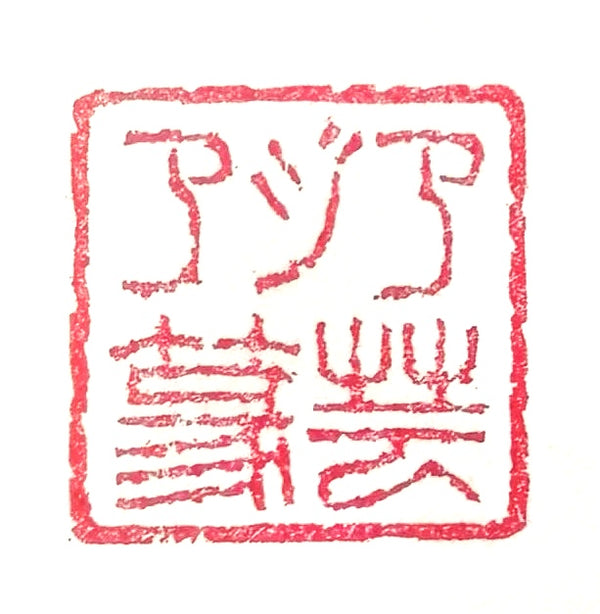Classification and Characteristic Analysis of Seal Carving Stone Materials: A Beginner-Friendly Guide to Seal Material Types
Share
Introduction
Seal carving is a traditional Eastern art that creates works by carving seals into stone. It is closely related to calligraphy, and the choice of seal material has a significant impact on the quality of the seal carving work.
However, even though they are all called "seal carving stone materials," there are many different types and characteristics, and beginners may find it difficult to decide which stone to choose.
This article provides an easy-to-understand explanation of the classification and characteristics of typical seal carving stone materials. This is a must-read for those who are just starting to carve seals or are struggling to choose a stone material.
What is seal carving stone material?
Seal carving stone (seal material) refers to the stone used to carve seals. Generally, stones that are relatively soft and easy to carve are chosen.
The suitability of a material for seals is determined by the following points:
Ease of carving (hardness and viscosity)
① Resistance to breakage
② Visual beauty (color, pattern)
3) Stability over time
Now, let's take a look at the specific classification of seal carving stone materials.
Main types and characteristics of stone materials for seal carving
1. Shoushan Stone
Origin : Fuzhou City, Fujian Province, China
Features :
①It has a very rich color range, including yellow, white, red, green, and purple.
②It is soft and easy to carve, making it popular with beginners and professionals alike.
③In particular, "Tianhuangshi" is highly rare and is also valued as a work of art.
Shoushan stone is one of the most famous stone materials in the world of seal carving, combining beautiful appearance with ease of carving.
2. Seidenseki (Blue Field Stone)
Origin : Qingtian County, Zhejiang Province, China
Features :
1) It is smooth and sticky, and does not chip easily during engraving.
②The color is mainly green, and there are also transparent types.
③It is also often used as a practice tool for beginners.
It is cost-effective and suitable for learning purposes.
3. Changhua Stone
Origin : Changhua, Zhejiang Province, China
Features :
①Various colors such as red, brown, and gray.
②Among them, the ones with red spots called "chicken blood stone" are particularly expensive.
③Most of them are hard and are suitable for precise carving.
This stone is suitable for creating works that emphasize artistic quality.
4. Balin Stone
Origin : Inner Mongolia Autonomous Region, China
Features :
Vivid red and pink hues.
②It is light and soft, so it is recommended for beginners.
③They are often seen at calligraphy exhibitions.
Although it is a relatively new seal material, its popularity is rapidly increasing due to its beauty and ease of processing.
Other seal carving stone materials
Fuyouseki : Beautiful pale pink and white. Similar to Aota stone, but with a more delicate impression.
Toseki : A porcelain-like texture with a unique carving feel.
Korean seal stone and Japanese seal material : Some stone is used in Korea and Japan, but the majority of the material comes from China.
Tips for choosing stone materials for seal carving
After understanding the characteristics of stone, choose a seal material that suits your purpose and skill level.
level |
Recommended stone materials |
reason |
|---|---|---|
beginner |
Qingtian stone, Balin stone |
Soft and easy to handle, reasonably priced |
Intermediate |
Shoushan stone, Chang fossil |
Once you get used to carving, try using more expressive stone. |
Advanced/Artists |
Tianhuang stone, chicken blood stone |
It is highly rare and has great value as a work of art. |
